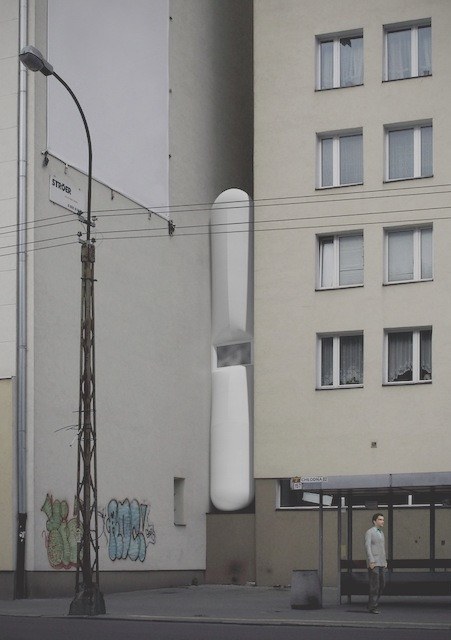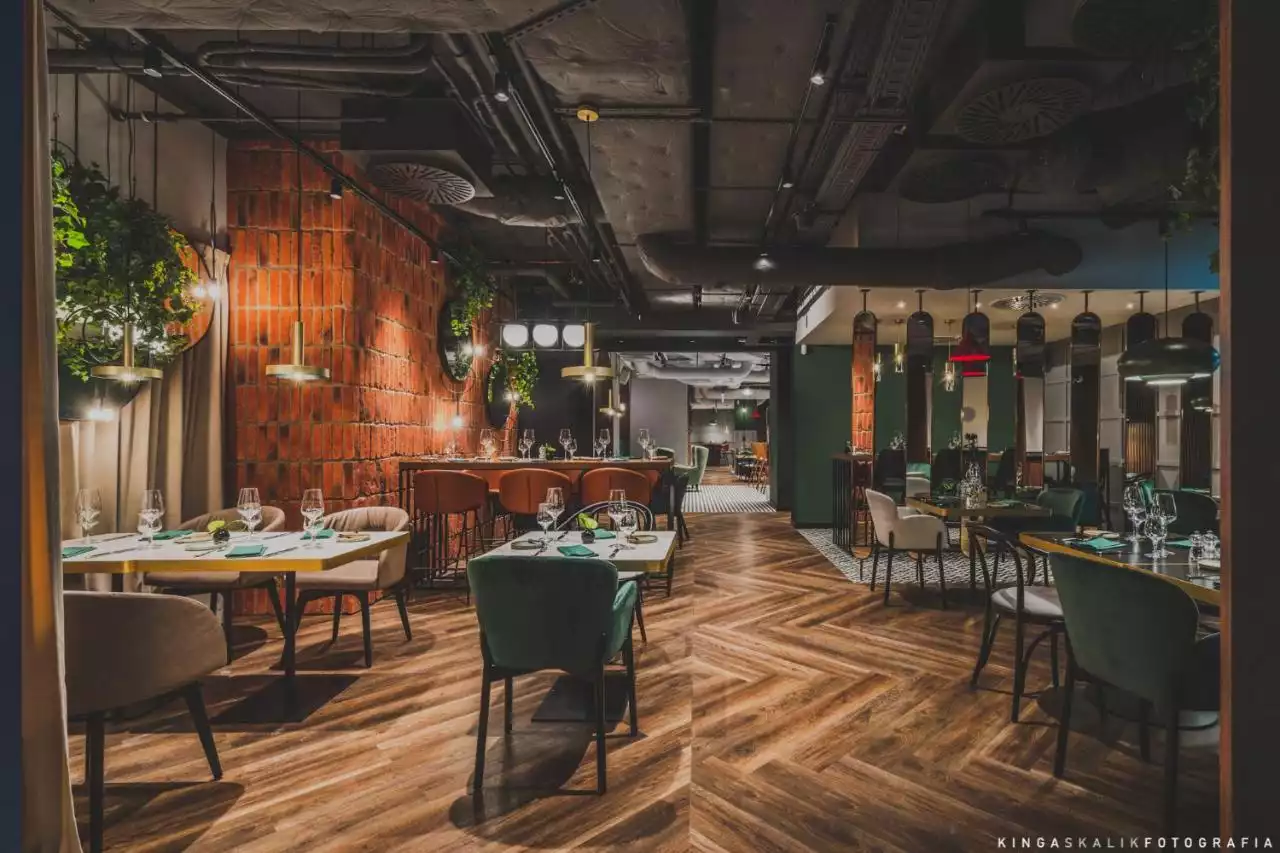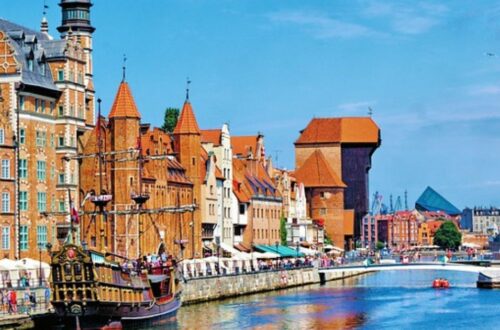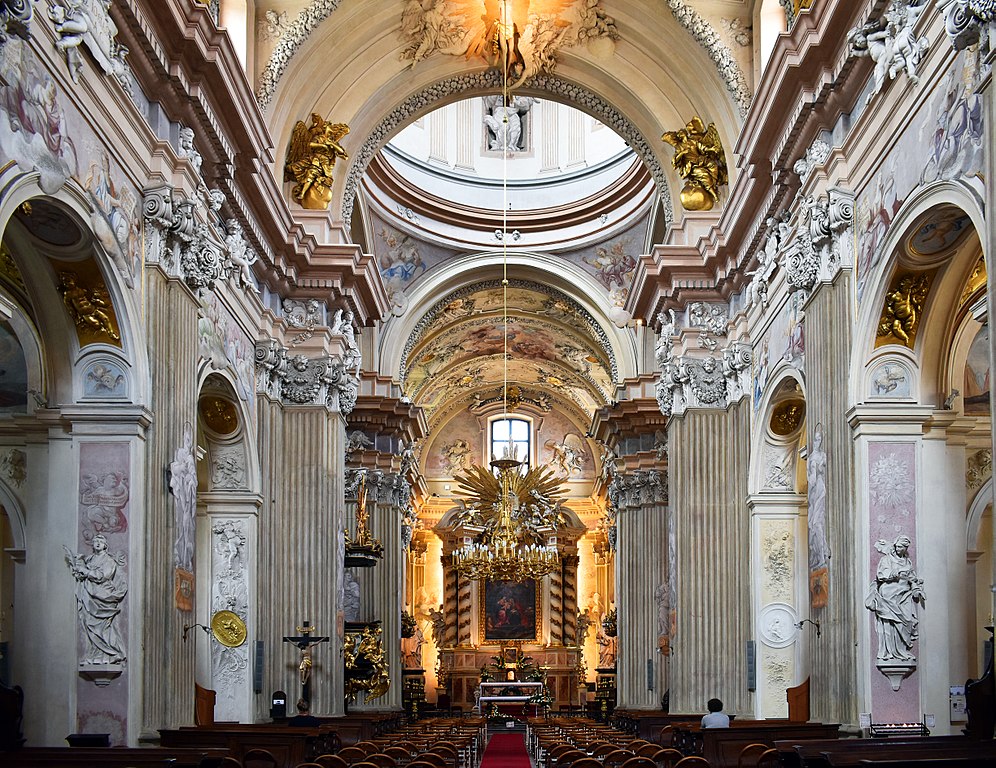Keret House in Warsaw – The World’s Narrowest Building
Everyone has a different way of expressing themselves. While some prefer writing, others choose various forms of art. Architecture is perhaps the most underrated art form when it comes to expressing oneself.
Building a home to one’s taste can be an overwhelming task. You want a place where residents can feel at home, relaxed, and comfortable. While most homes are designed to meet residents’ urban standards and demands, few buildings stand out from the crowd. One such structure that makes a statement is Keret House.
Dubbed the world’s narrowest house, Keret House is located in a small gap between the buildings at 22 Chłodna Street and 74 Żelazna Street in the heart of Warsaw, Poland. Poland’s beauty lies in the fact that you will find a little bit of everything, as it concerns real estate. There is a space for every style, taste, and budget.
A visit to Keret House, the skinniest house globally, measuring 36 inches at its narrowest and 60 inches at its widest, is recommended. This two-floor building comes equipped with the convenience of a modern home, including a mini kitchen, living area, bathroom, and bedroom.
The Brain Behind Keret House
The Keret House is the brainchild of Jakub Szczęsny, a reputable Polish architect and co-founder of arts group Centrala. As a graduate of the University of Technology,
Szczęsny came across this tiny space while taking a leisure stroll home. He imagined building a temporary home for those who would just like to spend some alone time. No doubt, it’s a great idea, but he couldn’t do it alone.
This spacious and modern apartments are perfect for both short and long stays in the city. Located near some of the best attractions in Warsaw, so you’ll never be bored during your stay.
Guests can enjoy a continental or buffet breakfast each morning, and restaurant is open for lunch and dinner.
Apartments are fully furnished and come with everything you need for a comfortable stay, including a fully equipped kitchen, private bathroom, and flat-screen TV.
To get this completed, he approached Israeli writer Etgar Keret, a Jewish/Israeli author, for his input. It is, however, easy to see where the building got its name from. Without further ado, the pair designed and developed a one-of-its-kind structure, spacious enough to provide a single inhabitant temporary shelter.
The building served as a link between the old and modern world. The first brick building on Selazna Street, symbolizes life in the city before the Second World War, while the second building, a co-op structure on Chłodna Street, represents the modern world.
The house itself sits on stilt, and access into the building is through a staircase installed underneath. This is unlike a regular house with a front door.
What’s Inside?
Keret House is open to the public. Its location between two large buildings makes Keret House hard to spot from the outside, especially if you haven’t heard about it. Prior to sitting the building there, local residents use the space to gather their waste products, including unwanted furniture. The narrow home’s patron and symbolic tenant, Etgar Keret, receives guests who want to spend quality time in this micro home. While no one lives there permanently, the property is open to guests looking for a temporary space to stay.
The triangle-shaped house is accessible from a staircase installed underneath the building. As soon as you climb into the house, the staircase retracts. More so, the stairs, when closed, doubles as the floor of the living space. Once inside, you will be immediately overwhelmed by its small size and its amazingly impressive interior design.
However, the miniature building is considered an art installation by the Polish government because it does not align with the Polish building codes. On the other hand, it serves as a temporary home for writers and artists that must apply before being allowed access into the building.
The interior has two non-opening windows. The walls are made of transparent glass, which allows access for natural sunlight. The white-painted interior has a stunning design.
Since the house is so tiny, the idea of installing traditional electricity and sewage system couldn’t fit in. As a result, Szczesny had to improvise by connecting electricity from its neighboring buildings. To dispose of sewage, the Keret House uses a customized approach. The house come fully equipped with a custom made water and sewage system.
The Bedroom
Located on the second floor of the building, the bedroom is spacious enough to accommodate just one person. The furniture is tailor-made to suit the home’s unique design. The sleeping area comes equipped with a comfortable twin-sized bed and non-opening windows that provide lots of natural lights. Also, it contains a work station where residents can get creative.
The Kitchen and Bathroom
The space below the sleeping area, the kitchen, and bathroom feature basic amenities that guarantee a comfortable stay for writers and artists who choose to book a stay here. The Keret House has a small sink, a cooking stove, a mini-refrigerator. The bathroom comes with a shower and a toilet.
The Living Room
The living room is located on the first floor. It’s is quite cramped. Guests connect to other parts of the floors using the ladder. The seating area has nothing but a ladder that leads guests to the second.
What more could you ask for?
Who Is It For?
The Keret House is ideally designed for writers, artists, intellectualists, and those who would like an ideal place to spend some alone time. The house is open to all
Warsaw’s city center is crammed for space. To cushion this effect, many architects and developers have taken to the construction of high rise buildings. However, it is a different ball game with Keret House. Travelers from the world all overcome to
In fact, Keret House has become somewhat of a symbol in







